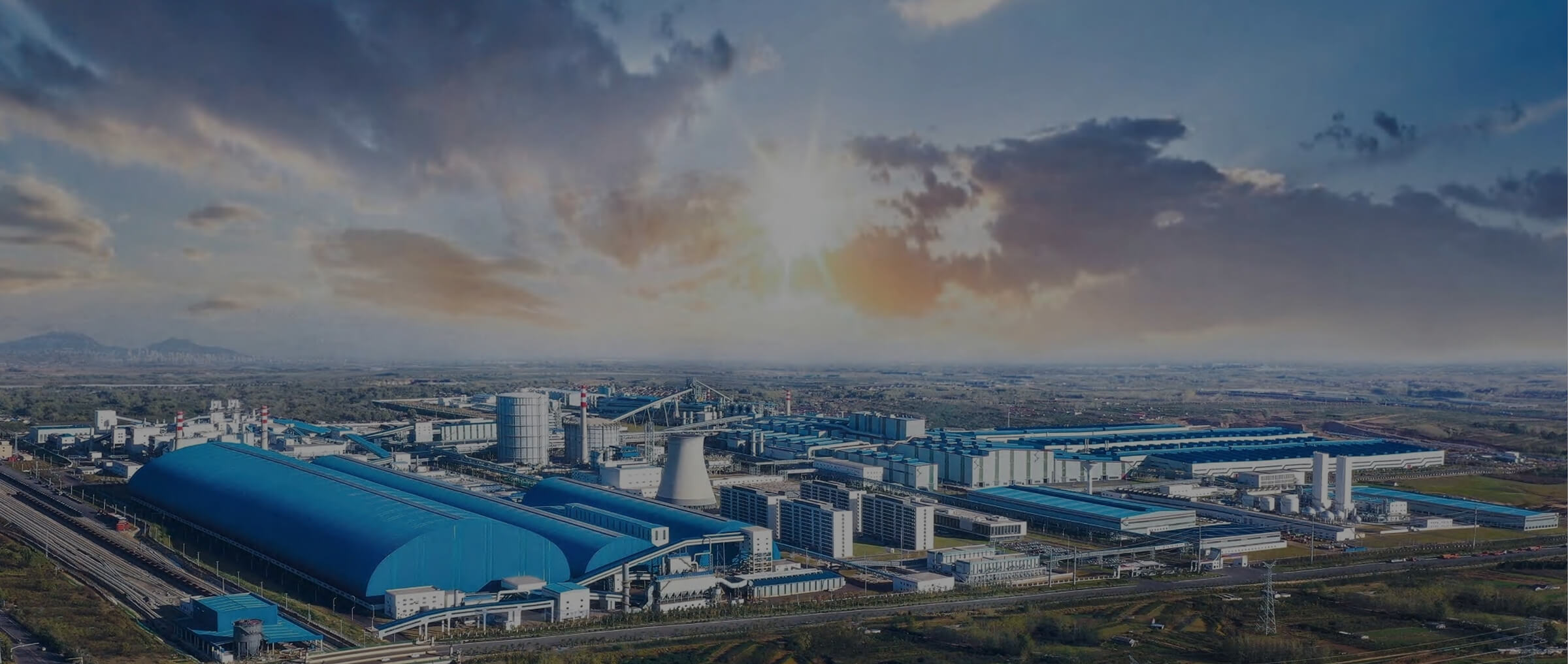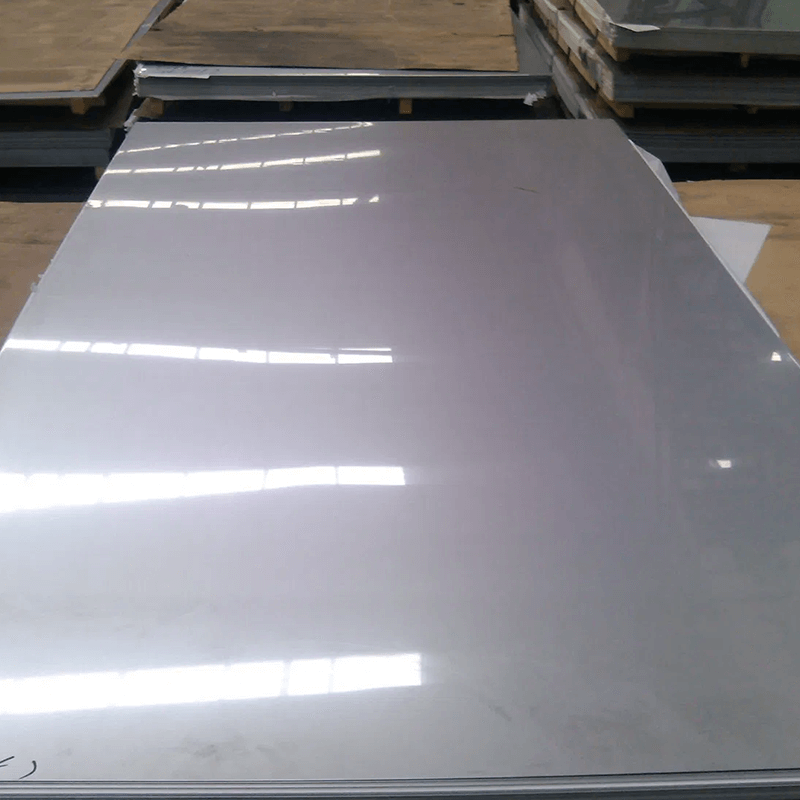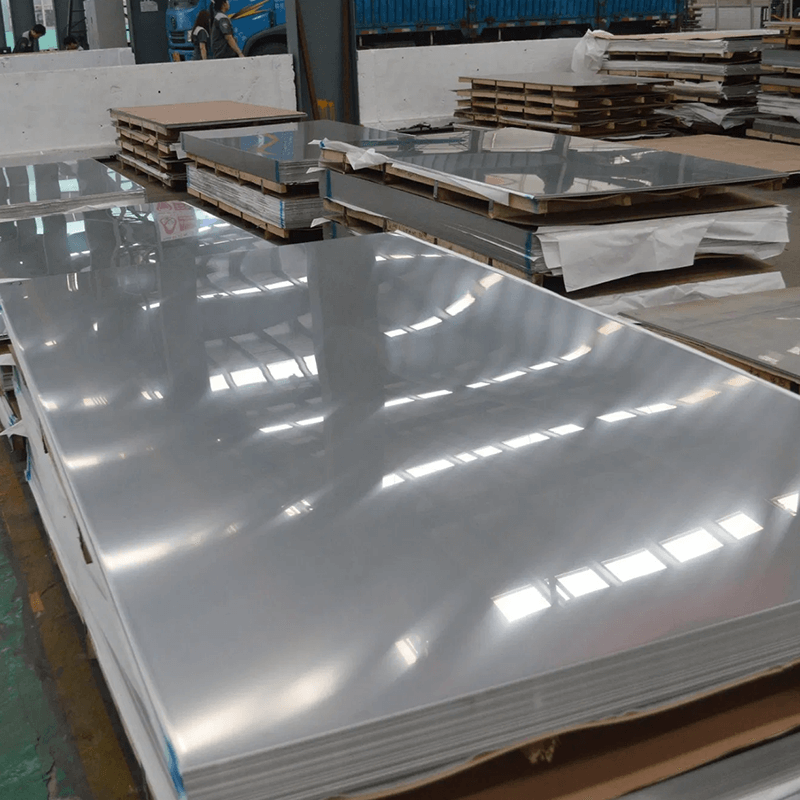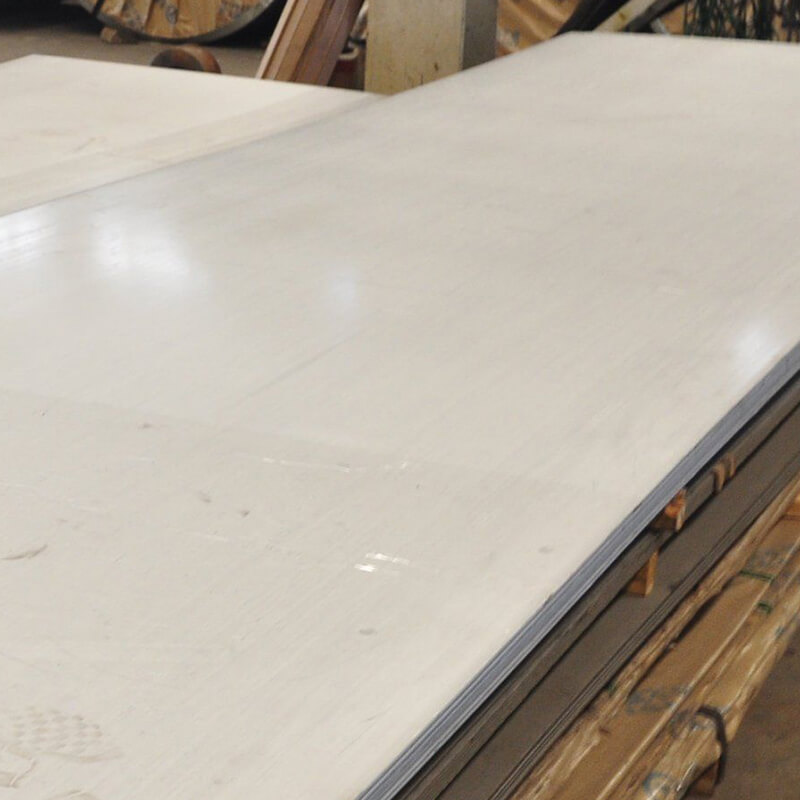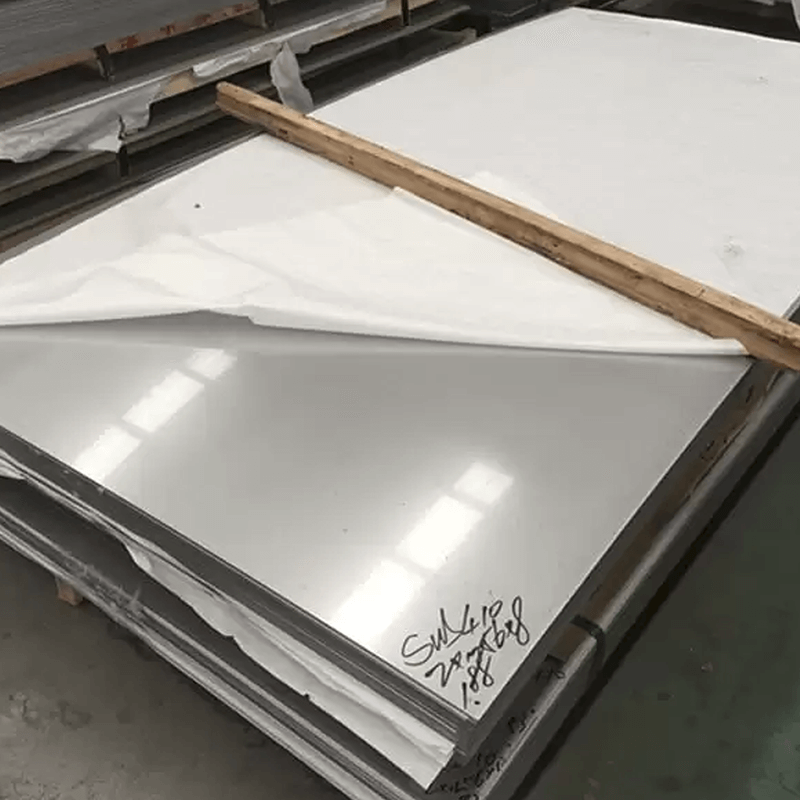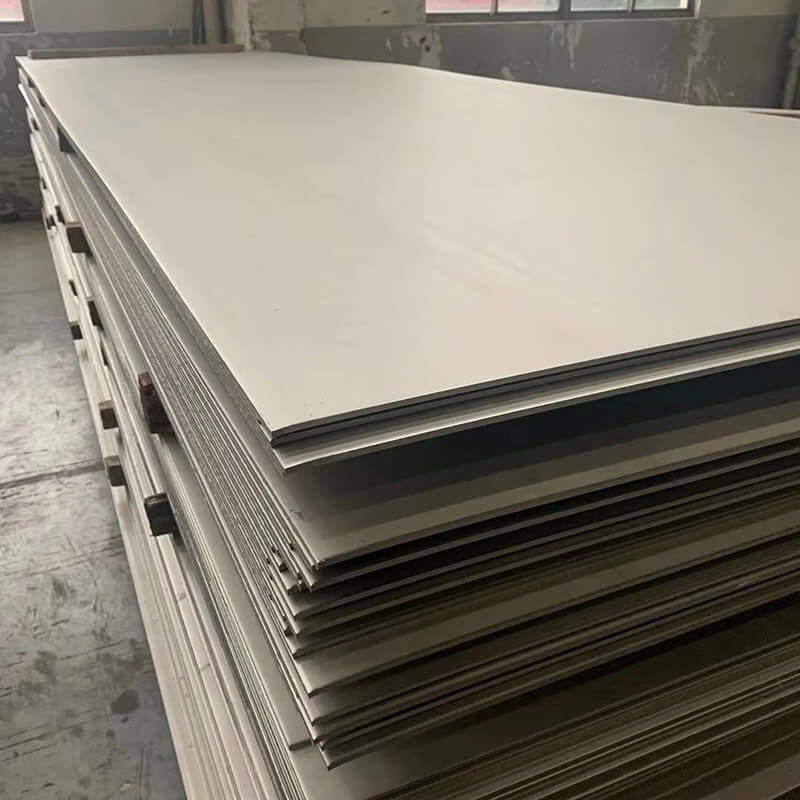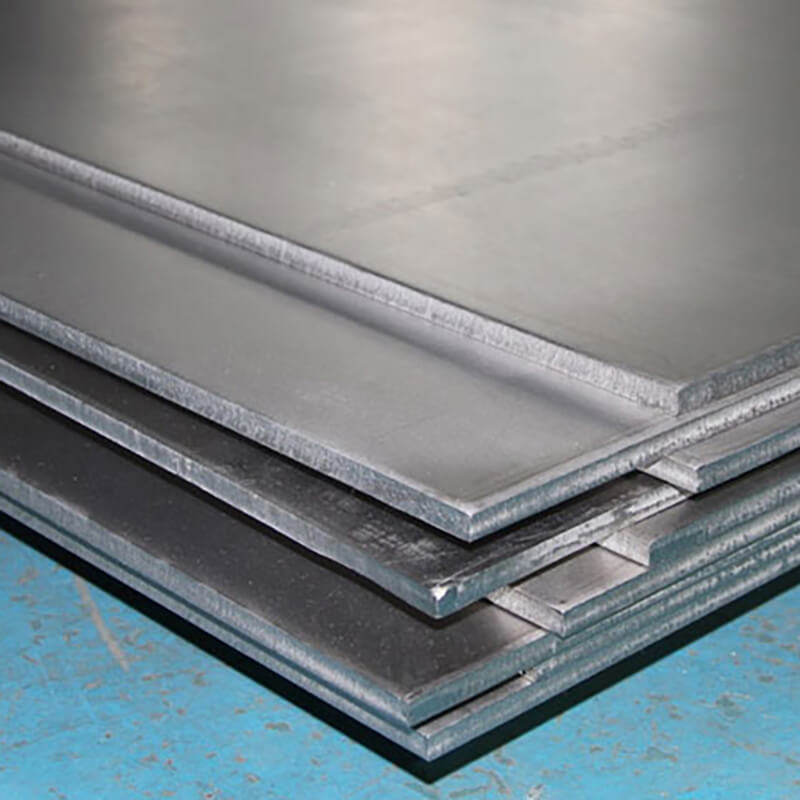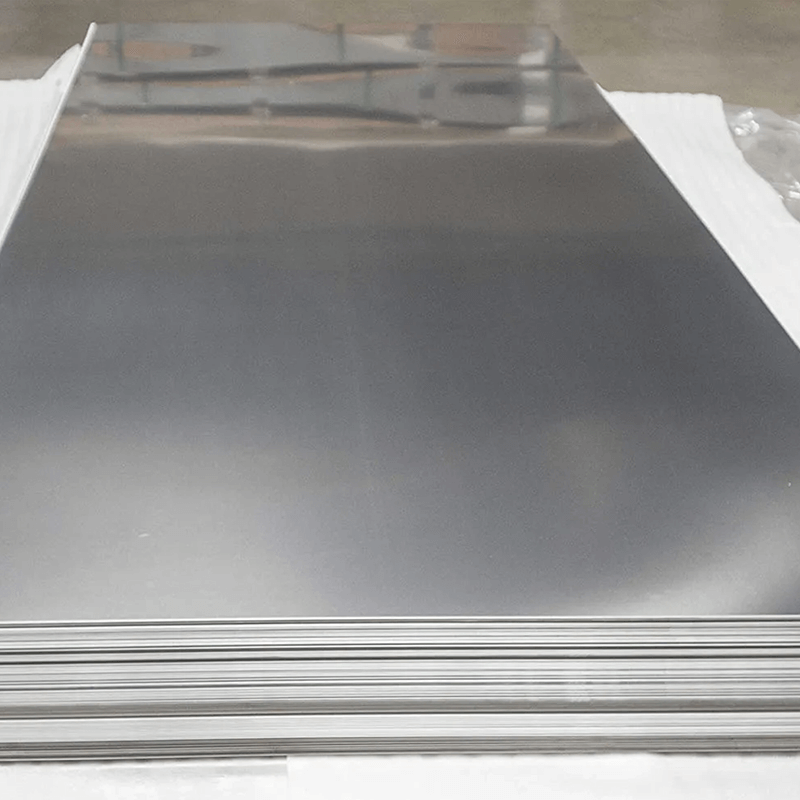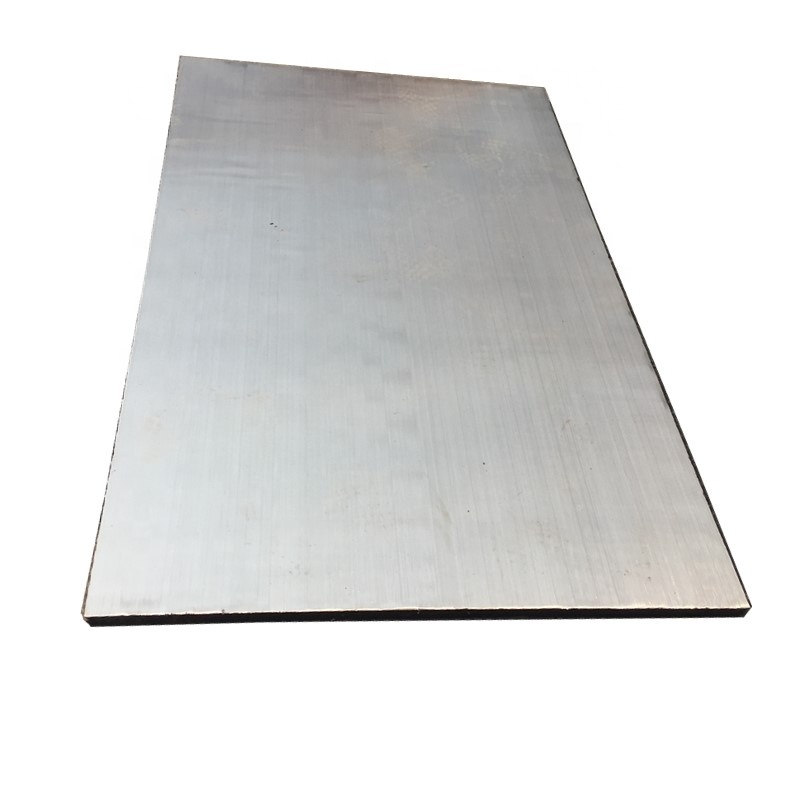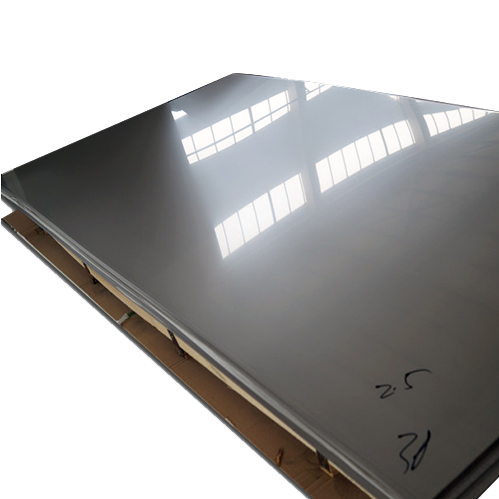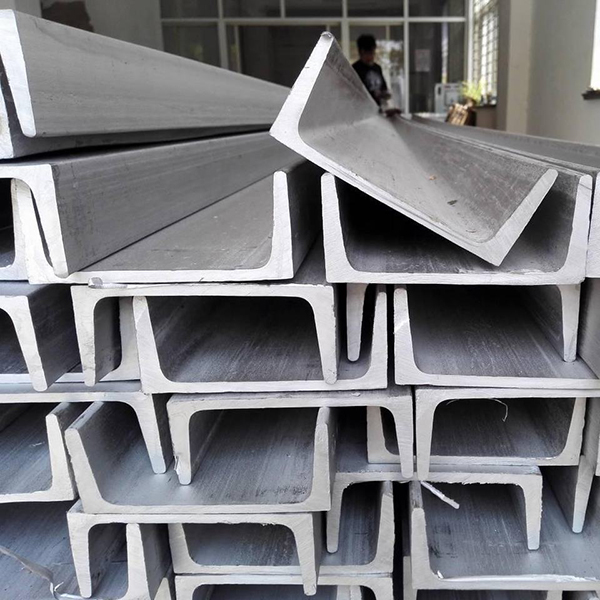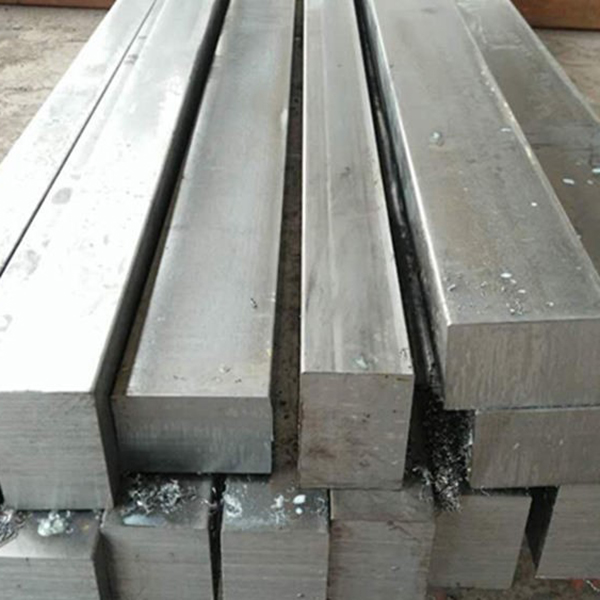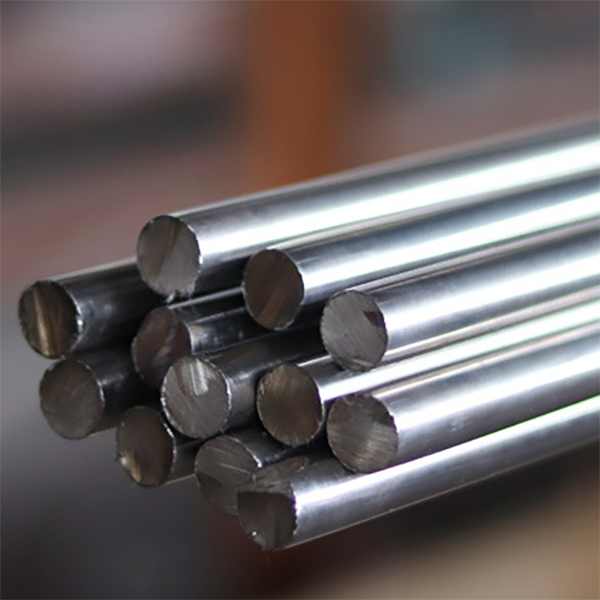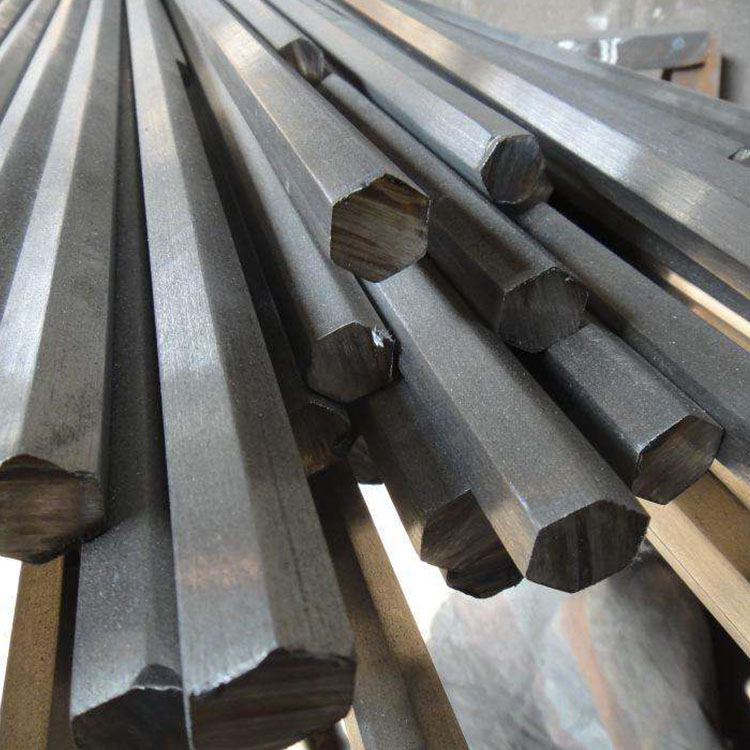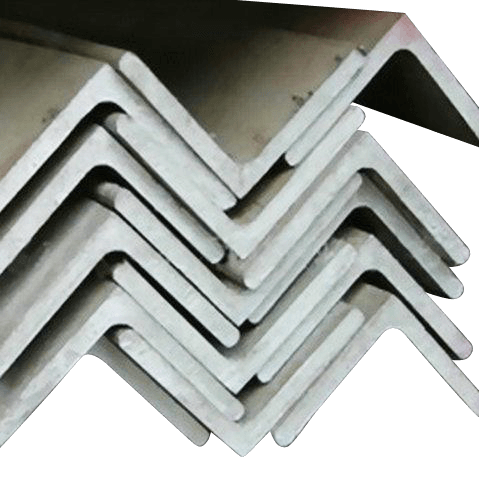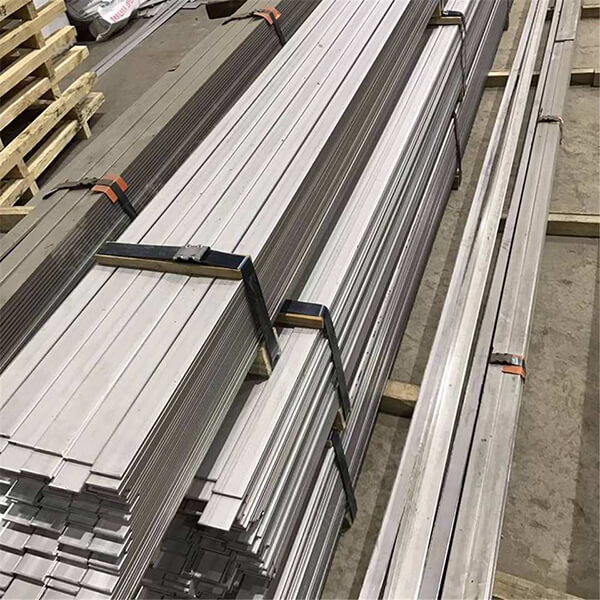2205 duplex stainless steel sheet/plate is a duplex (austenite + ferrite) stainless steel that combines the corrosion resistance of austenitic stainless steel with the high strength of ferritic stainless steel. With low nickel content and high chromium and molybdenum content, it offers excellent resistance to pitting and crevice corrosion in chloride environments, along with superior stress corrosion cracking resistance.
The 2205 duplex steel also provides high strength and good formability, making it ideal for applications in chemical processing, petrochemical, offshore platforms, shipbuilding, pulp and paper, and pressure vessels where both corrosion resistance and strength are critical.
430 stainless steel sheet/plate is a ferritic stainless steel with chromium as the main alloying element and little or no nickel, making it a cost-effective choice. It offers good oxidation and corrosion resistance, along with excellent formability and polishability.
430 stainless steel is widely used in interior decoration, household appliance panels, kitchenware, automotive trim, and light industrial equipment. Although its corrosion resistance is lower than that of austenitic stainless steels like 304 or 316, it is sufficient for most general applications, providing a practical and economical material option.
420 stainless steel sheet/plate is a martensitic stainless steel known for its high hardness and excellent wear resistance. Through heat treatment (quenching and tempering), it can achieve higher strength and toughness while maintaining moderate corrosion resistance.
420 stainless steel is widely used for knives, scissors, surgical instruments, mechanical components, and wear-resistant tools and equipment. Although its corrosion resistance is lower than that of austenitic stainless steels like 304 or 316, it performs well in dry or low-corrosion environments.
410 stainless steel sheet/plate is a martensitic stainless steel offering good mechanical properties and moderate corrosion resistance. Heat treatment (quenching and tempering) can significantly enhance its hardness and wear resistance.
410 stainless steel is widely used in knives, cutlery, valves, bearings, pump components, mechanical parts, and wear-resistant tools. While its corrosion resistance is lower than austenitic stainless steels such as 304 or 316, it is sufficient for most applications in dry or low-corrosion environments.
309S stainless steel sheet/plate is an austenitic heat-resistant stainless steel with high chromium (Cr) and nickel (Ni) content, offering excellent high-temperature oxidation resistance and corrosion resistance. Compared with 304 or 310, 309S has low carbon content, better weldability, and maintains good strength and stability at elevated temperatures.
309S stainless steel is widely used in furnace parts, heat treatment equipment, boilers, chimneys, chemical equipment, and high-temperature pipelines, where long-term high-temperature resistance and oxidation resistance are required.
304L stainless steel sheet/plate is a low-carbon austenitic stainless steel. With reduced carbon content compared to 304, it minimizes the risk of intergranular corrosion after welding, making it ideal for welded structures and high-purity applications.
304L stainless steel retains the excellent corrosion resistance, mechanical strength, and formability of the 304 series, making it widely used in food processing, chemical equipment, medical instruments, architectural decoration, and marine engineering.
304 stainless steel sheet/plate is the most commonly used austenitic stainless steel, containing approximately 18% chromium (Cr) and 8% nickel (Ni), also known as 18/8 stainless steel. It offers excellent corrosion resistance, mechanical properties, formability, and weldability, making it widely applicable in both industrial and everyday use.
304 stainless steel is commonly used in kitchen equipment, food processing, chemical equipment, architectural decoration, water supply systems, and automotive parts, serving as a versatile stainless steel material.
202 stainless steel sheet/plate is an austenitic stainless steel containing chromium and manganese, with lower nickel content, making it a cost-effective alternative. It offers good corrosion resistance, mechanical properties, and toughness, along with a bright surface that is easy to polish.
202 stainless steel sheets are widely used in kitchen equipment, tableware, home appliance decoration, architectural decoration, and light industrial products, providing an economical and practical stainless steel solution.
201 stainless steel sheet/plate is an austenitic stainless steel containing chromium and manganese, with lower nickel content, making it more cost-effective than 304 stainless steel. It offers good corrosion resistance, mechanical properties, and toughness, with a bright surface suitable for polishing.
201 stainless steel sheets are widely used in kitchen equipment, tableware, home appliance decoration, architectural decoration, and light industrial products, providing an economical and practical stainless steel option.
Stainless steel channel is a U-shaped structural steel made from high-quality stainless steel sheets through cold or hot rolling. It offers excellent corrosion resistance, high strength, good toughness, and lightweight properties, while being easy to install and weld.
Stainless steel channels are widely used in building structures, machinery, bridges, ships, chemical equipment, and light steel construction. They can serve as supports, frames, beams, columns, or load-bearing structures.
Stainless steel square bar is a solid stainless steel rod with a square cross-section, offering excellent corrosion resistance, mechanical properties, and toughness. Its surface is bright and can be polished, machined, or cut into various components.
Stainless steel square bars are widely used in machinery manufacturing, architectural decoration, chemical equipment, automotive parts, and precision instruments, suitable for making supports, shafts, frames, or other structural components.
Stainless steel round bar is a solid stainless steel rod with a circular cross-section, offering excellent corrosion resistance, strength, and toughness. Its surface is smooth and can be polished, turned, milled, or cut.
Stainless steel round bars are widely used in machinery manufacturing, architectural decoration, chemical equipment, automotive parts, precision instruments, and industrial machinery, suitable for shafts, pins, supports, or various structural components.
Stainless steel hexagon bar is a solid stainless steel rod with a hexagonal cross-section, offering excellent corrosion resistance, strength, and toughness. Its surface is bright and can be polished, turned, or cut, making it versatile for various applications.
Stainless steel hexagon bars are widely used in machinery manufacturing, hardware tools, automotive parts, architectural decoration, and industrial equipment. They are commonly used to make nuts, fasteners, shafts, or other structural components.
Stainless steel angle bar is an L-shaped structural steel made from high-quality stainless steel sheets through cold or hot rolling. It offers excellent corrosion resistance, high strength, good toughness, and lightweight properties, while being easy to install and weld.
Stainless steel angle bars are widely used in building structures, machinery, bridges, ships, chemical equipment, and light steel construction. They can serve as supports, frames, beams, columns, or load-bearing structures.
Stainless steel flat bar is a solid stainless steel rod with a rectangular or flat cross-section, offering excellent corrosion resistance, high strength, and good toughness. Its surface is bright and can be polished, cut, or welded.
Stainless steel flat bars are widely used in machinery manufacturing, building structures, bridges, automotive parts, decorative projects, and industrial equipment. They are suitable for making supports, frames, beams, or other structural components.

